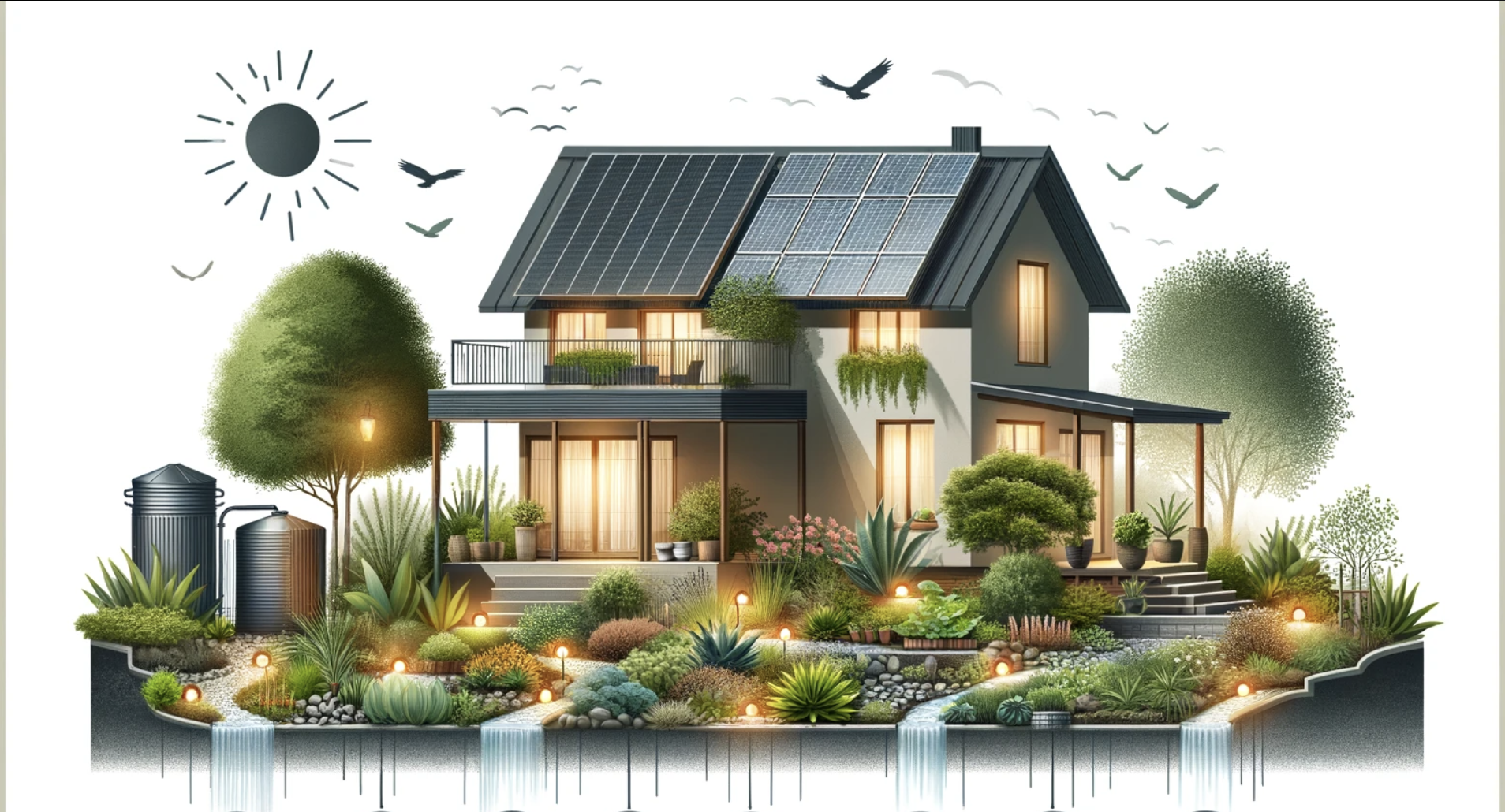A multifunctional landscape is a smart and sustainable way to make the most of your outdoor space. Not only does it save you time and energy by doing more with less, but it also helps you to create a beautiful and functional living space, while being mindful of the environment. In this guide, we will explore the top five tips for creating multifunctional landscapes that work smarter.
5 Tips for Multifunctional Landscapes That Work Smarter
Tip 1: Incorporate Edible Plants
The first tip for creating a multifunctional landscape is to incorporate edible plants. Edible plants not only offer fresh fruits and vegetables but also require less maintenance and water, making them an excellent choice for a sustainable landscape. You can enhance your yard by strategically placing herbs, fruits, and vegetables along the perimeter or creating a small kitchen garden in a corner.
Tip 2: Plant Natives
The second tip for creating a multifunctional landscape is to plant native plants or trees. Native plants are adapted to your local climate and soil, which makes them hardier and less likely to require extensive maintenance. They also provide food and shelter for local wildlife, so by planting natives, you can help provide a safe habitat for birds, insects, and other animals.
Tip 3: Incorporate Rainwater Collection
The third tip for creating a multifunctional landscape is to incorporate rainwater collection. By capturing rainwater, you can reduce your reliance on municipal water, saving you money while also helping conserve water. Consider installing a rain barrel or a rain garden to capture and store rainwater to use for your landscape.
Tip 4: Choose Low-Maintenance Plants
The fourth tip for creating a multifunctional landscape is to choose low-maintenance plants. By selecting plants that are hardy and require minimal care, you can save time and energy while still having a beautiful landscape. Consider plants with drought-tolerant characteristics, such as succulents, cacti, and native grasses.
Tip 5: Install Artificial Lighting
The fifth and final tip for creating a multifunctional landscape is to install artificial lighting. By incorporating lights into your landscape, you can extend the use of your outdoor space into the night. Consider adding solar-powered outdoor lighting, which can provide a soft and inviting ambiance while also saving energy.
Conclusion
Creating a multifunctional landscape is a great way to make the most of your outdoor space while being mindful of the environment. By following the tips outlined in this guide, you can create a beautiful and functional landscape that works smarter. With the right plants, rainwater collection, and artificial lighting, you can create a sustainable and low-maintenance landscape that is sure to be enjoyed for years to come.

